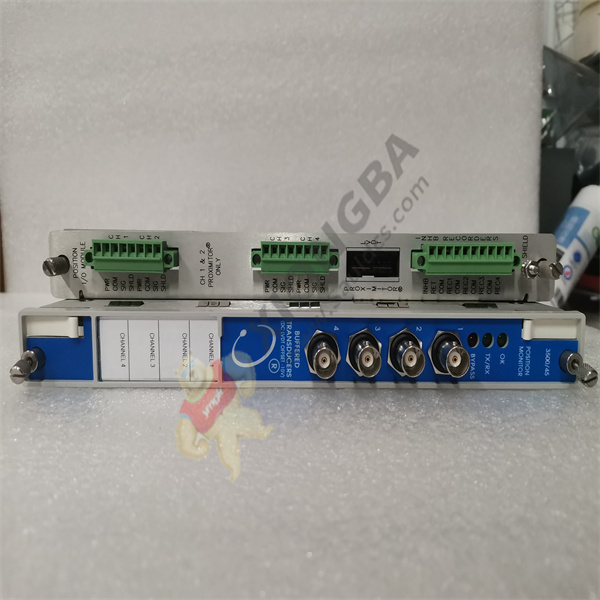Market competition puts higher demands on vehicle performance and development cycle. In the development stage, it is necessary to carry out parallel development and rapid iteration of multiple systems and fields, and carry out accurate simulation tests in the laboratory as much as possible, which requires simulation test equipment with multiple functions.
The intelligent suspension system multi-function simulation test platform can carry out 1/4 vehicle suspension test, suspension ECU hardware in the loop simulation, suspension physical hardware in the loop simulation, vehicle suspension performance test and other simulation and test projects for vehicle intelligent suspension system development and vehicle matching process. The platform has multi-function and fast switching, and parameters can be shared between various functions. Reduce the repeated disassembly and debugging of the test system between multiple benches, so it can greatly provide work efficiency, and users can save the cost and floor space of the purchase of multiple functions of a single bench.
Intelligent suspension control algorithm development and parameter calibration based on RCP;
Shock absorber/spring performance adjustment;
Functional features:
Install all air suspension components, spring mass can be adjusted, accurately reproduce the suspension components in the vehicle space attitude and force state;
The servo exciter accurately outputs the road spectrum and simulates the uneven excitation of the wheel.
The high precision laboratory-level sensor is used to verify and calibrate the vehicle sensor.
Bench parameter measurement function, including on/off spring mass, spring stiffness, shock absorber damping, etc.
With data acquisition, data recording, data playback and curve real-time display functions
Test management and test automation management with NI VeriStand and TestStand
1.2. Smart Suspension ECU hardware-in-the-Loop Simulation (HIL)

3500/45-01-00
FIG. 2 Hardware-in-the-loop simulation of intelligent suspension ECU
Application scenario:
ECU hardware and software debugging;
Parameter calibration and function testing of ECU application software;
Robustness test of ECU control algorithm, limit condition test;
Functional features:
Real-time simulation model, including vehicle dynamics model, road/driver/test scenario model, sensor model and air suspension actuator model;
The simulation model can be selected from CarMaker, Carsim and other commercial software or self-developed:
With data acquisition, data recording, data playback and curve real-time display functions
It has the functions of fault injection, fault retention, and fault location
1.3. Semi-physical simulation of four-channel vehicle intelligent suspension
Figure 3. Semi-physical simulation of four-channel vehicle intelligent suspension
Application scenario:
Development of vehicle suspension control algorithm and parameter calibration;
Shock absorber/spring performance adjustment;
Functional features:
Four sets of 1/4 vehicle suspension loading benches are respectively installed corresponding air spring/shock absorber material;
Real-time simulation models include vehicle dynamics model, road/driver/test scenario model, air suspension control algorithm model, etc.
The suspension deformation information output by the vehicle simulation is excited by the servo vibration exciter to the shock absorber/air spring, and the vertical force generated is fed back to the vehicle model to form a closed loop.
It can carry out the simulation test of air suspension in all conditions, including intense steering, acceleration and deceleration.
With data acquisition, data recording, data playback and curve real-time display functions
Test management and test automation management with NI VeriStand and TestStand
2. Technical indicators
1/4 vehicle suspension loading bench:
Spring mass slider:
Quality adjustment range: 150~800kg
Motion range: ±350mm
Heavy duty linear guide
Lock at any position
Electro-hydraulic servo excitation system:
Maximum dynamic force: 15kN
Maximum stroke: ±125mm
Maximum speed: 2m/s
Maximum output frequency: 30Hz
Output waveform: sine wave, sweep sine wave, triangular wave, random waveform
Vehicle gauge sensor:
Body acceleration: ±2g PSI5 interface
Wheel acceleration: ±16g PSI5 interface
Suspension height: 0~90° PWM output
High precision measurement sensor:
Body acceleration: ±6g, accuracy 0.3%
Wheel acceleration: ±16g, accuracy 0.3%
Body displacement: 800mm magnetic grid ruler, accuracy 50μm
Wheel displacement: 200mm magnetostriction, accuracy 0.02%
Excitation displacement: 250mm magnetostriction, accuracy 0.3%
Excitation force: ±25kN fatigue level force sensor, accuracy 0.03%
Real-time cabinet
 中文版
中文版




